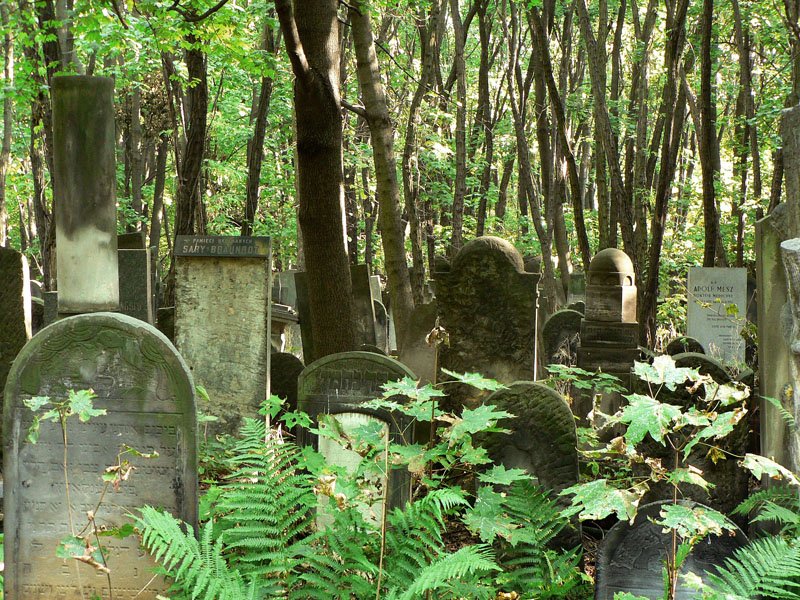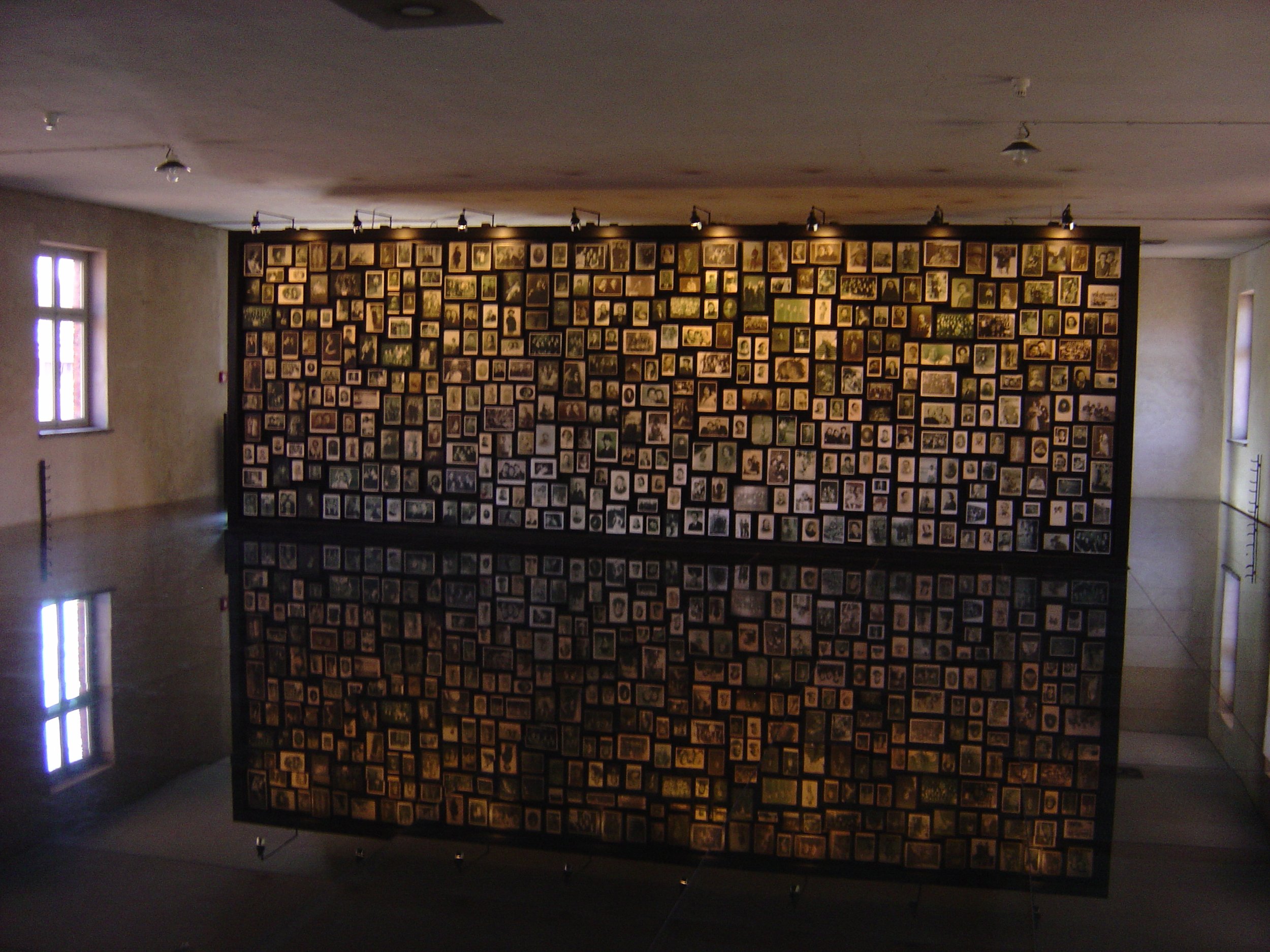
POLAND 2007
An Exploration of the Roots of the Nazi Occupation, the Holocaust and its Legacy
Summer 2007 saw the successful completion of our first student trip, featuring live in-person interviews with Holocaust survivors, members of the SS Sonderkommando, politicans, and other fascinating individuals. Three weeks brought us, with cameras and students, to Warsaw, Lublin, Krakow, Kazimierz Dolny, and Oswiecim, including visits to five extermination camps.
The Holocaust is one of the darkest moments in human history and no region was harder hit than Poland. While many refer to the Nazis' concentration camps, those camps took different forms; in many cases they were designed for labor. Certainly, the conditions were deplorable and many died, but death was not the sole intent. However, six extermination camps were established with that purpose in mind - and all of them were located in Poland. Roughly four million people died in these six camps alone, including nearly 1.5 million in the infamous Auschwitz.
Of course, the end of Nazi rule did not bring peace for Poland; instead, it brought the Soviet Union. Indeed, stability and sovereignty are still recent phenomena in the country unfortunately situated between two traditional powers. However, Poland has become one of the fastest rising countries in Europe and with that economic development has come a resurgence of traditional culture, heavily influenced by its Catholic history. In certain places, too, Jews are slowly returning to Poland.
On the Legacy Project's trip to Poland, we visited three traditional centers of Polish Jewry, Warsaw, Krakow, and Lublin, each of which was located near a major extermination camp. Our goal was trifold. First, we wanted to understand what happened, visiting the camps and speaking with survivors. Second, we wanted to get a sense of Polish culture today, through major festivals and the arts. Finally, we wanted to learn how people who lived through or grew up near these tragedies were able to overcome those dark experiences to achieve fulfilling, happy lives. We accomplished all of these goals and far more.
Below, you will find our trip itinerary, which outlined our plans for this three week journey. We have also collected a select list of resources that we used to prepare intellectually.
DAILY ITINERARY
June 12, 2007: Depart Seattle, 6:50pm, Scandinavian Airlines, flight SK938. Arrive Warsaw 6/13, 3:45pm
June 13-15: Warsaw - Oki Doki Hostel
Historical sights: Zamek Ujazdowski
Work at Jewish Cemetery
Meet with Jacek Purski of Never Again
Jewish landmarks with local guide: Ghetto, Ghetto Uprising Monument, Nozyk Synagogue, Korczak Orphanage
Jewish Historical Institute
June 16-17: Lublin
Majdanek Extermination Camp
Grodzka Gate - NN Theatre Centre
Historical sights: Castle, Cathedral
Jewish landmarks: Yeshiva, Ghetto
June 18-21: Oswiecim/Auschwitz-Birkenau -Centre for Dialog and Prayer
Auschwitz-Birkenau
Meet with camp survivors and Holocaust experts
Service project at Auschwitz
Speak with locals about growing up next to the camp
June 22-27: Krakow -Mamas Hostel
Hike part of the Eagles' Nest Trail
Jewish Cultural Festival
Wianki: St. John's Day celebration, June 23
Travel to Czestochowa to visit the monastery
Plaszow Concentration Camp remains and other Schindler's List-related sites
Teatr Groteska: Puppets!
Tour major Jewish landmarks with Bernard Offen, survivor of five concentration camps, including Auschwitz and Dachau.
Historical Sights: Wawel Castle
Galicia Jewish Museum
National Museum
Travel to Wieliczka Salt Mine
June 28-29: Kazimierz Dolny -Straznica Hostel
Jewish Landmarks: Synagogue, Cemetery
Folk Groups and Singers Festival
June 30-July 2: Warsaw -Oki Doki Hostel
Treblinka Extermination Camp
Dom Tanca: Polish folk dance
July 3: Depart Warsaw 10:10am, Scandinavian Airlines, flight SK752. Arrive Seattle, 4:50pm, flight SK937.






